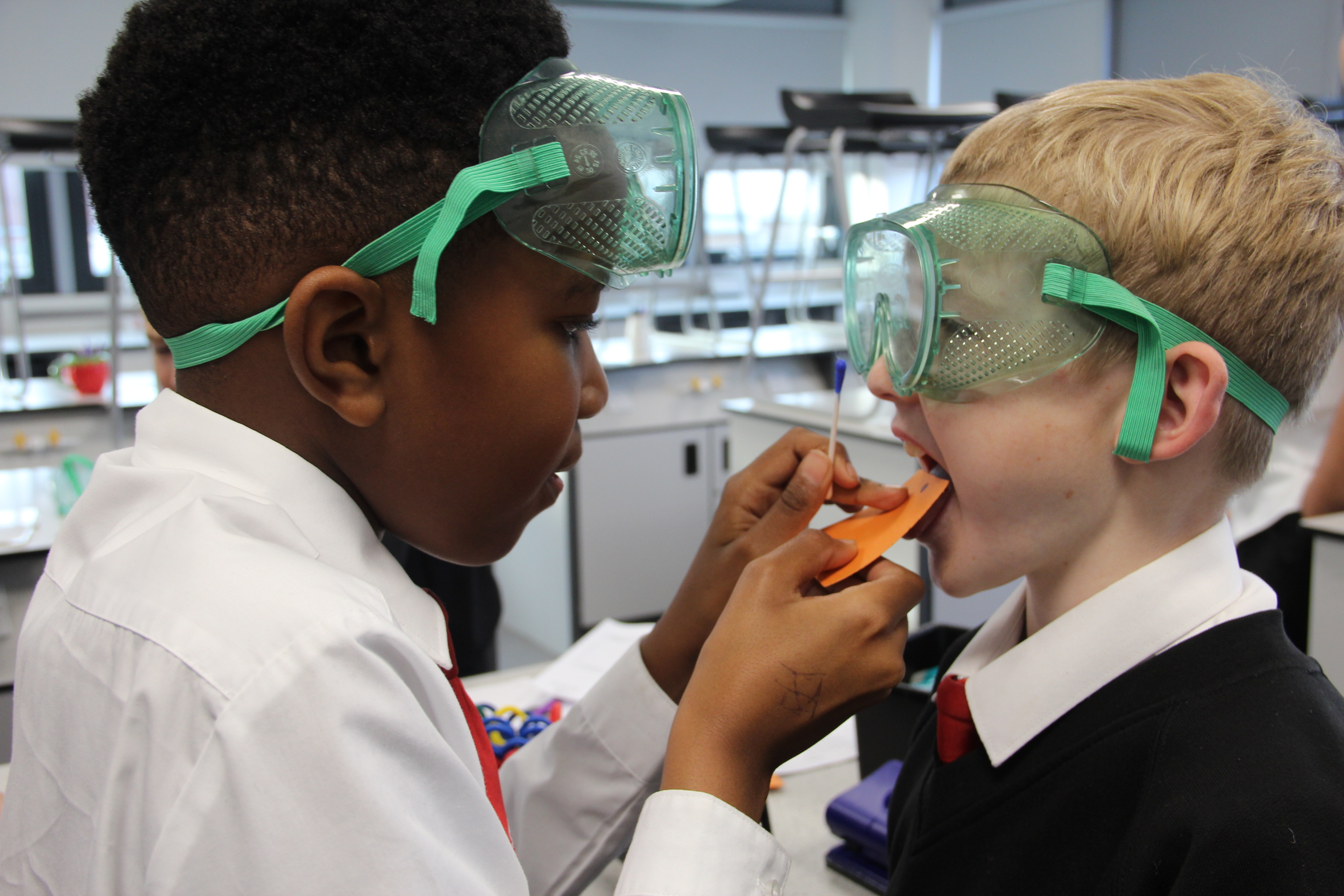This experiment provided them with a fascinating glimpse into the world of genetics, sensory perception, and individual variability. Super tasters are individuals with a heightened sense of taste due to the increased number of fungiform papillae on their tongues. These papillae contain taste buds, and their abundance can significantly influence a person's taste experience. Super tasters may have aversions to certain flavours, which can influence dietary choices. By understanding their taste perception, students can make more informed decisions about food and nutrition. This experiment highlights the natural variation within human populations. Students learned to appreciate diversity in sensory experiences and understand that differences are a normal part of biology!
By delving into this intriguing aspect of human biology, Science Club participants can develop a deeper appreciation for the wonders of the human body and the diversity of human experiences as well as being inspired to pursue careers in related fields, such as food science, nutrition, genetics, or sensory analysis.


